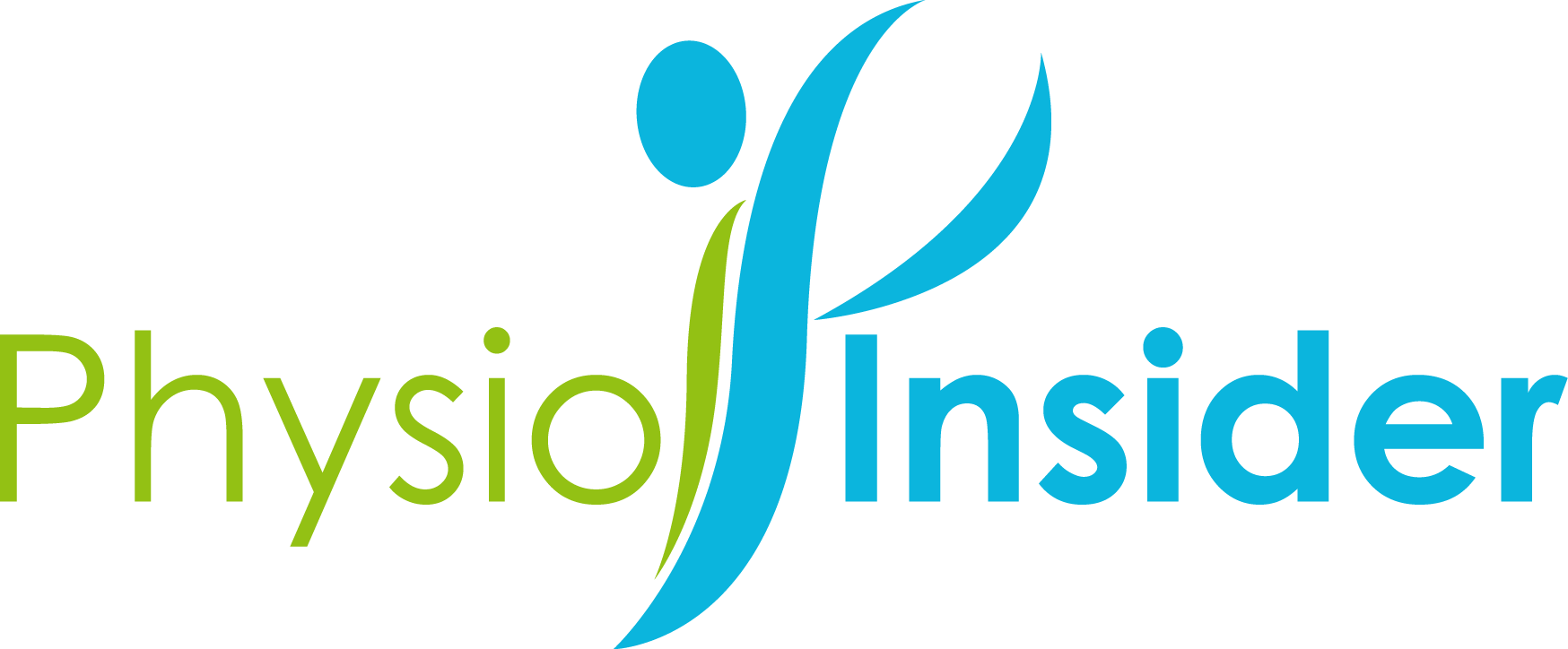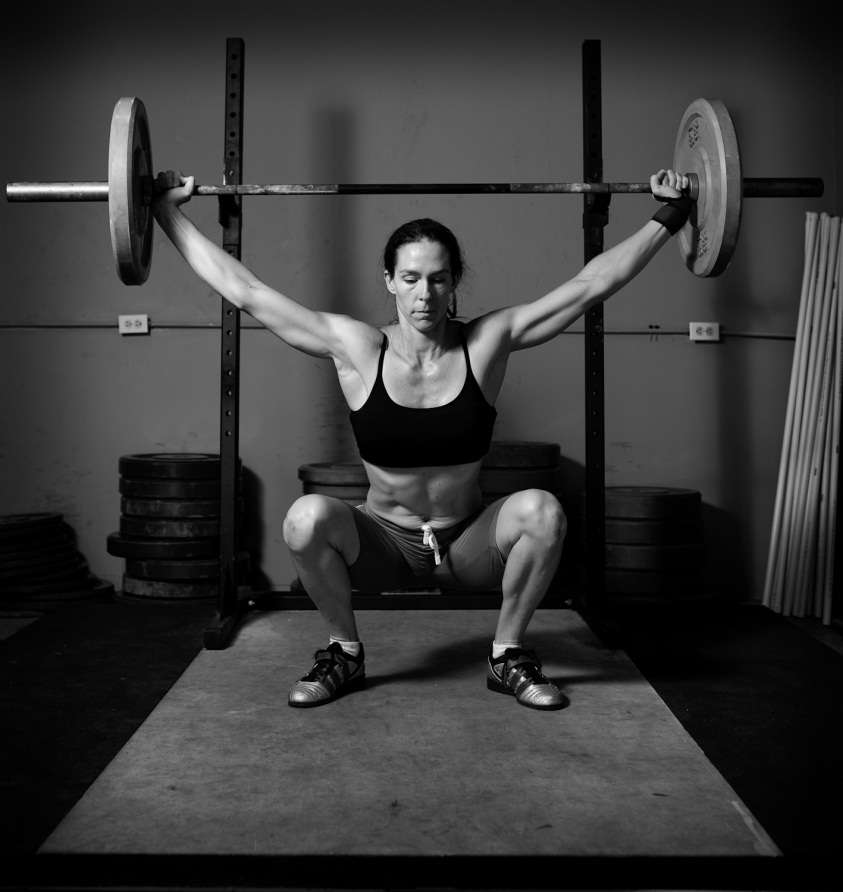Often in physiotherapy, we do not see a lot of professional movers getting injured at the back. This is partially because these workers are generally pretty strong to begin with, but more importantly is the technique they use for lifting.
People who injury their back this way are usually those who are not used to lifting and those who does a lot of repetitive lifting with improper form. Lifting an object that is too heavy can potential to lead lumbar strains or even lumbar disc herniation. Essentially the back musculatures are not accustomed to being loaded in such a way but more importantly, the back musculatures are not even supposed to work that hard to begin with!!
The reason why movers do not injure their backs as easily is because they do not depend on their backs…it’s the hips & knees that are doing most of the heavy work! Proper and effective lifting involves bending at the hips, the knees, but not the back and then pushing off with the quads and the gluts while holding on to an heavy object. It is the excessive bending at the back that adds stress to the back.
Proper Lifting Technique
This video below demonstrates how you are supposed to be using proper body mechanics to lift heavy objects.
General guideline:
- Place load closer to your body, you should not be overreaching with your arms
- Squat down with feet wider apart, most bending happens at hips and knees
- Grab on to weight/load with thumbs pointed upwards & load close to your body
- Push off at hips & knees while keeping your back as straight as possible while coming up
- Do not hold on to a heavy load and rotate your back to either side; always change directions by moving your feet first.
Note: Your back should not be twisting or turning when carrying a heavy load because it’s very easy to injure your back this way.
Functional Retraining
In theory, one can strengthen all the muscles involved in lifting one muscle group at a time and hope that it would translate into better lifting capacities. This would mean training the gluts, the quads, the hamstrings, calves, etc. However, training muscle groups in isolation does not directly translate into better lifting. This is because muscles at the hips, knees, and ankles must work together to accomplish a single movement; the latter requires not just strength at each unit but motor control.
The single best exercise I prescribe my patients is functional lifting (i.e.: squats with dumbells, barbell, or boxes).
Note: You should consult with your physiotherapist if the pain is constant or getting worse even after a few days of rest; pain radiating down the legs, numbness in the lower extremities, and not being able to sit for long are all signs that the discs might be affected.

